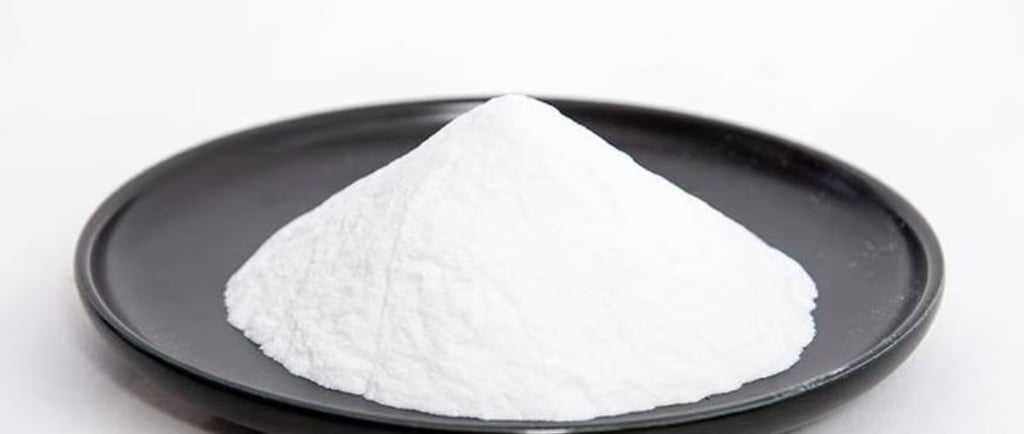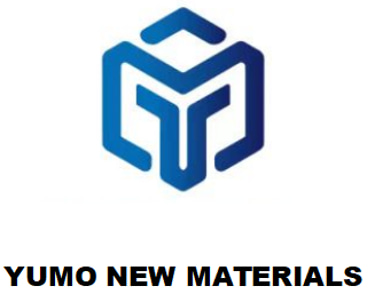HENAN YUMO: Engineered Precision, Uncompromised Performance
Silane Treated White Fused Alumina: The Molecular Bridge Revolutionizing Industrial Performance
White fused alumina (WFA) has long been valued for its hardness (Mohs 9.0) and thermal stability. Yet its hydrophilic surface and weak resin adhesion limited its potential—until silane treatment transformed it into a next-gen engineered material. By grafting organosilane molecules onto ultra-pure alumina particles (Al₂O₃ ≥99.5%), we create a covalent "molecular bridge" between inorganic abrasives and organic polymers
5/28/20252 min read


The Core Innovation: Beyond Conventional Abrasives
White fused alumina (WFA) has long been valued for its hardness (Mohs 9.0) and thermal stability. Yet its hydrophilic surface and weak resin adhesion limited its potential—until silane treatment transformed it into a next-gen engineered material. By grafting organosilane molecules onto ultra-pure alumina particles (Al₂O₃ ≥99.5%), we create a covalent "molecular bridge" between inorganic abrasives and organic polymers. This synergy delivers:
✅ 30–50% stronger resin bonding
✅ 60–80% lower water absorption
✅ 400°C thermal stability
The Science of Surface Transformation
Step 1: Precision Surface Activation
High-purity WFA undergoes plasma cleaning to maximize surface hydroxyl (-OH) groups. This critical step ensures >90% reactive sites for silane anchoring.
Step 2: Silane Grafting Technology
Amino-functional silanes (e.g., KH-550) are vapor-deposited in a vacuum reactor, forming a monolayer covalent network via three reactions:
Hydrolysis: Si-OR + H₂O → Si-OH
Condensation: Si-OH + Al-OH → Si-O-Al
Crosslinking: Si-OH + Si-OH → Si-O-Si
The result? A hydrophobic, organophilic surface with contact angles >100°.
Industry-Leading Applications
1. High-Speed Resin Bond Grinding Wheels
Problem: Untreated abrasives shed grains at >8,000 RPM.
Solution: ST-WFA increases bond strength by 45%, enabling:
35% longer wheel life in titanium CNC machining
Zero grain ejection at 12,000 RPM (verified per EN 12413)
2. Semiconductor CMP Slurries
Breakthrough: ST-WFA particles resist agglomeration in alkaline slurries.
Result: 22% fewer wafer scratches at 3nm nodes (TSMC spec compliance).
3. Automotive Ceramic Brake Pads
Data: ST-WFA-filled composites show:
50% lower NVH (noise) vs. steel fibers
Stable μ-friction coefficient (0.38±0.02) from -40°C to 650°C
Why Engineers Choose Our ST-WFA
Tailored Surface Chemistry:
Match silane functional groups (amino, epoxy, vinyl) to your resin system.Zero VOC Process:
REACH/RoHS-compliant production with closed-loop solvent recovery.Particle Size Precision:
Laser diffraction ensures D50 ±0.5μm consistency from F16 to F2000 grits.
Real-World Impact: Case Highlights
Case 1: Aerospace Turbine Blade Grinding
Challenge: Resin wheels failed after 120 Inconel 718 blades.
Solution: ST-WFA F220 grit wheels.
Result: 310 blades/wheel (+158%) with Ra 0.12μm consistency.
Case 2: Offshore Pipeline Coating
Challenge: Epoxy coatings delaminated in seawater.
Solution: 40% ST-WFA filler in FBE coating.
Result: Passed 5,000hr salt spray (ISO 12944-C5M).
FAQ: Addressing Critical Concerns
Q: Does silane increase costs significantly?
A: ST-WFA costs 15–20% more but reduces total operational costs by:
40% less abrasive consumption
60% lower defect rates in precision parts
Q: Can I treat existing WFA inventories?
A: Yes! Our mobile silanization units retrofit abrasives on-site in 4 hours.
Q: How does it compare to titanate treatments?
A: Silane offers superior hydrolytic stability for humid/water-based applications.
The Future: Where Innovation Leads
Nano-Engineered Silanes: Single-molecule layers for submicron abrasives.
Bio-Based Coupling Agents: Sustainable silanes from rice husk silica.
AI-Optimized Formulations: Machine learning predicting resin-silane compatibility.
